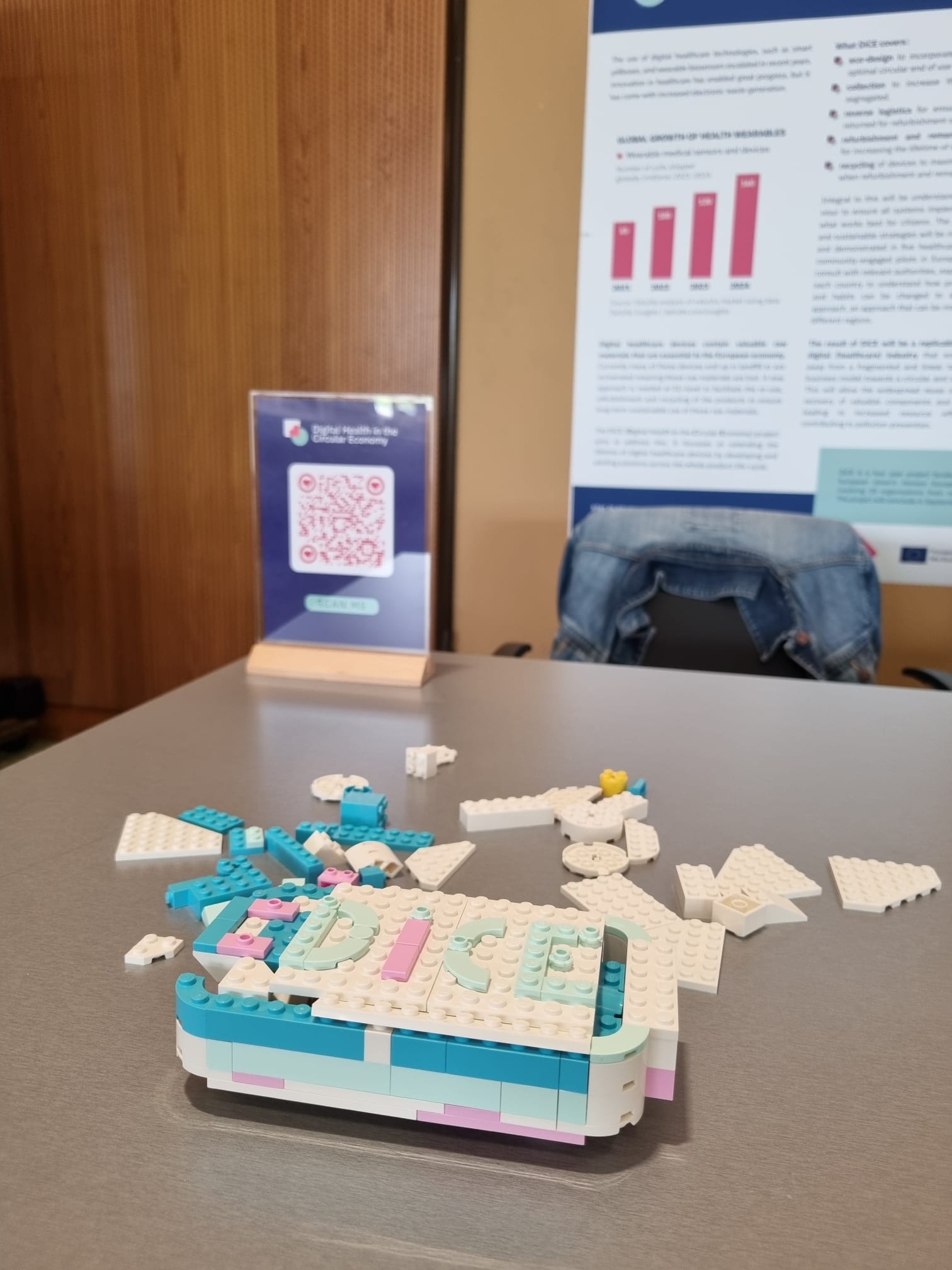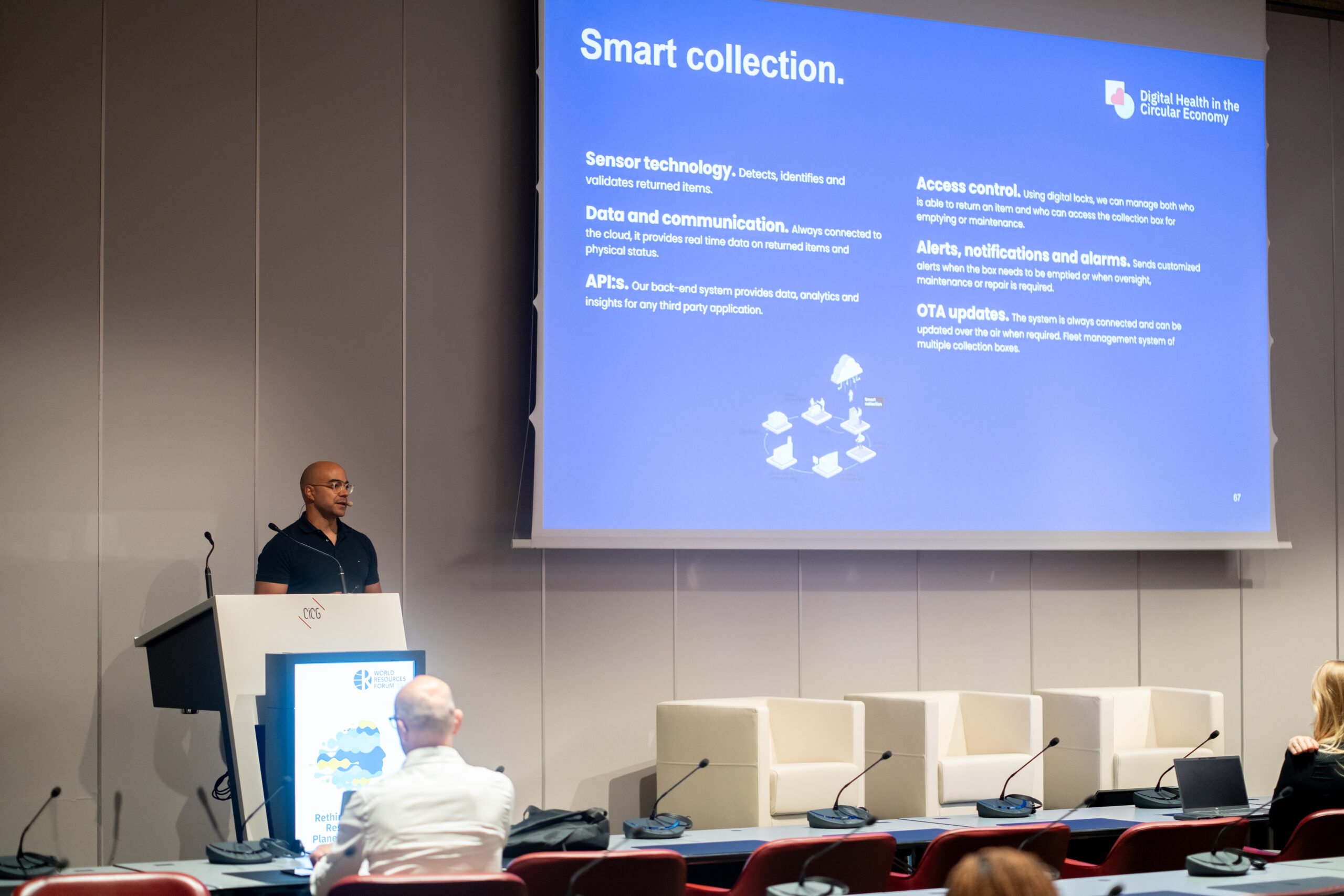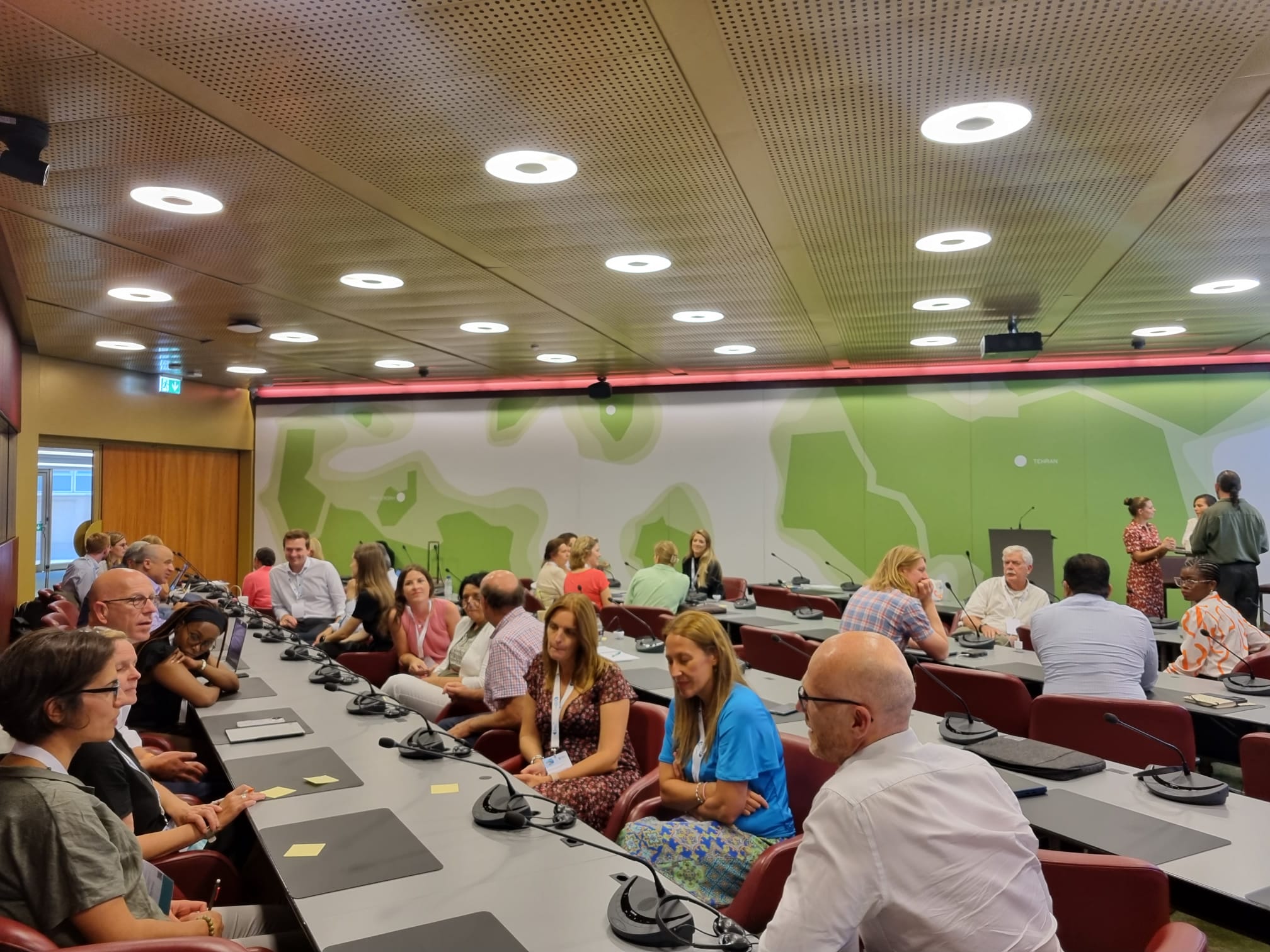Moving Towards More Circular and Sustainable Digital Health Devices
Brought to you by Erasmo Cadena, Lieselot Boone and Naomi Muindi from Ghent University (UGENT)
The use of digital health devices has increased in recent years; however, their impact on sustainability is not yet fully understood.
The DiCE project aims at finding solutions to reduce resource use and emissions as well as the improve the socioeconomic and circularity performance of a selected range of digital health devices.
To evaluate the sustainability of the devices, it is proposed to expand the scope beyond the products (manufacturing and end-of-life) and consider the healthcare pathway perspective in the evaluation.
The Digital Healthcare Revolution: Benefits and Impact
The technological revolution has played a crucial role in various sectors, including healthcare. Consequently, the use of digital health devices has increased significantly in recent years. These types of devices can be used as alternative solution to traditional healthcare equipment, offering reliable diagnostics, self-monitoring capabilities, improved patient comfort, and less invasive procedures. But while they offer great benefits, the sustainability impact of these devices is not yet fully understood.
In the framework of the Horizon Europe project “Digital Health in the Circular Economy” (DiCE), circular and eco-friendly solutions are underway for a selected range of digital health devices such as the endo-cutter and e-paper label. The evaluation of these devices encompasses an examination of their circularity performance as well as an assessment of the economic, social, and environmental sustainability of the proposed solutions. Firstly, the sustainability assessment seeks to provide insights on the main contributors. Secondly, the analysis aims to understand the sustainability performance of the DiCE solutions compared to devices currently used in this field.
Sustainability Assessment Challenges
University of Gent, leading the work package of DiCE where these aspects are being evaluated, had already taken the initial steps in this sustainability assessment by defining the goal and scope of each device. In other words, the aim and the system to be studied, as well as a corresponding benchmark were established. UGENT stresses that this is not always easy in the context of the healthcare sector.
“Since the sustainability assessment must include the whole functionality of the devices, we must look beyond just the direct impacts (i.e. the impacts related to the production or end-of-life of the device). We also need to address the indirect consequences of utilising these devices, including, for instance, beneficial effects on the optimisation of healthcare procedures.”
Naomi Muindi, University of Ghent
The Example of an Endocutter
They illustrate this with the example of the endocutter used in surgical procedures. The endocutter enables minimally invasive surgeries instead of open surgeries, ultimately adding additional healthcare value. For instance, minimally invasive surgery entails smaller incisions, which is often characterised by lower risks of complications, shorter operation- and recovery time. The fact that a surgical procedure with endocutter can lead to fewer hospital bed days represents benefits from an environmental, economic and social perspective. Therefore, to evaluate the sustainability of the endocutter, UGENT proposes to broaden the scope of the study, including the impact of the device, the procedure and the patient’s care pathway in the assessment.
A deep dive into the scientific literature allowed the UGENT team to learn that this systems perspective is currently not often applied in sustainability assessments. Most studies focus on the device itself. This aspect is also very important and is covered in DiCE by University of Delft focussing fully on the sustainable re-design of the devices in the scope. Nevertheless, when discussing the sustainability of digital health devices, the broader picture should always be kept in mind.
Therefore, to evaluate sustainability as part of DiCE, a system approach will be used for every device under study, looking at both the direct life cycle impacts of the device and the indirect impacts related to use at the care pathway level. Only then, it will be possible to fully understand the potential added value of the DiCE solutions.







